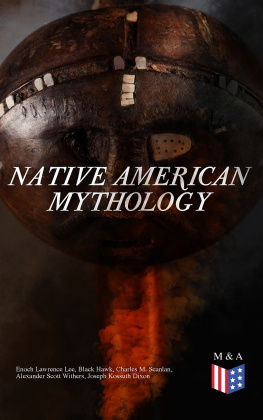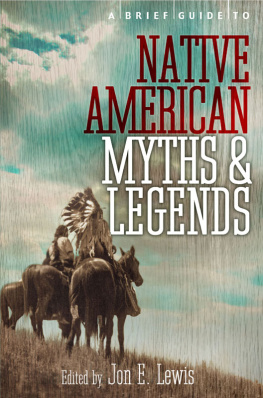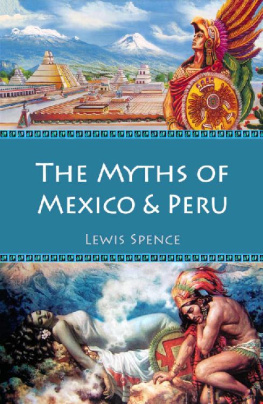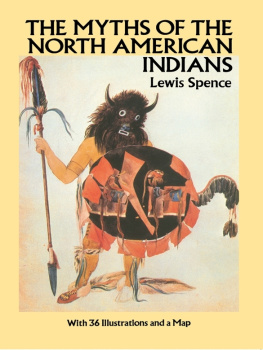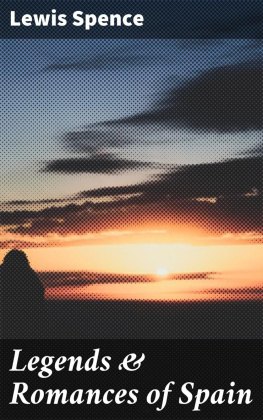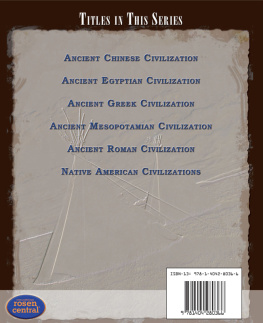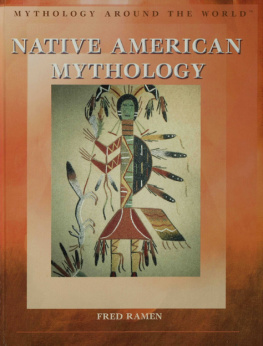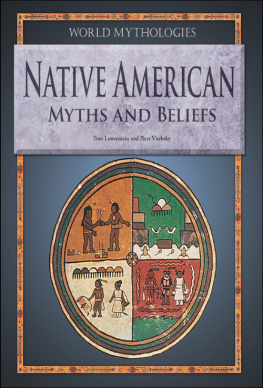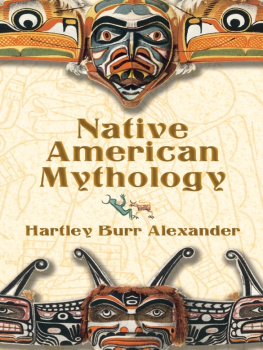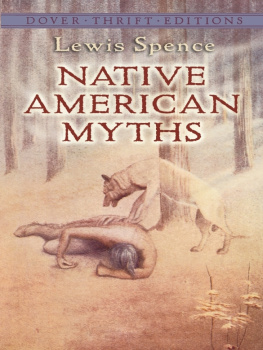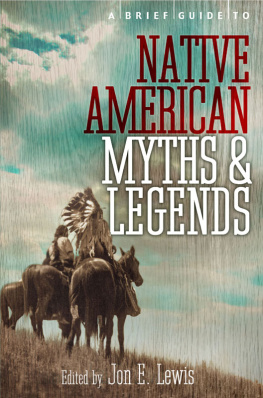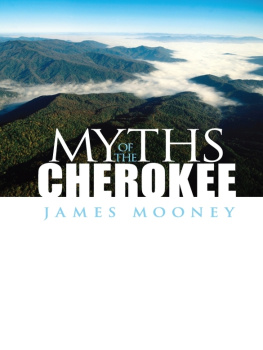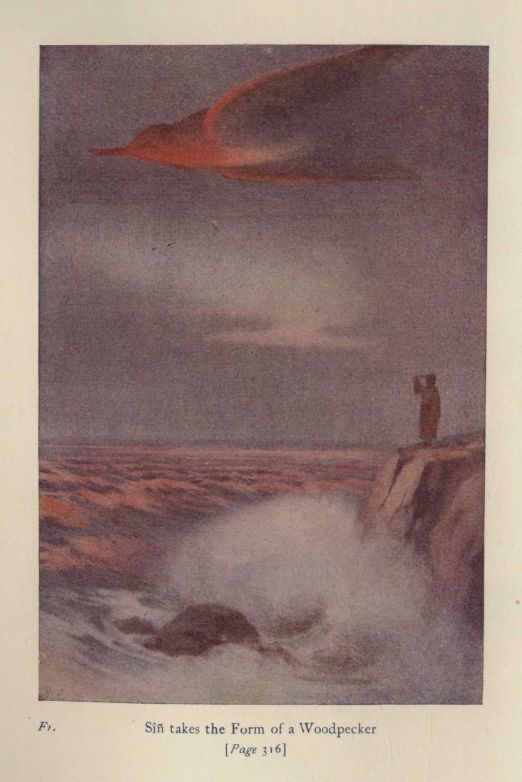Table of Contents
The Myths of the North American Indians
Lewis Spence
Preface
The North American Indian has so long been an object of the deepest interest that the neglect of his picturesque and original mythologies and the tales to which they have given rise is difficult of comprehension. In boyhood we are wont to regard him as an instrument specially designed for the execution of tumultuous incident, wherewith heart-stirring fiction may be manufactured. In manhood we are too apt to consider him as only fit to be put aside with the matter of Faery and such evanescent stuff and relegated to the limbo of imagination. Satiated with his constant recurrence in the tales of our youth, we are perhaps but too ready to hearken credulously to accounts which picture him as a disreputable vagabond, getting a precarious living by petty theft or the manufacture of bead ornaments.
It is, indeed, surprising how vague a picture the North American Indian presents to the minds of most people in Europe when all that recent anthropological research has done on the subject is taken into account. As a matter of fact, few books have been published in England which furnish more than the scantiest details concerning the Red Race, and these are in general scarce, and, when obtained, of doubtful scientific value.
The primary object of this volume is to furnish the reader with a general view of the mythologies of the Red Man of North America, accompanied by such historical and ethnological information as will assist him in gauging the real conditions under which this most interesting section of humanity existed. The basic difference between the Indian and European mental outlook is insisted upon, because it is felt that no proper comprehension of American Indian myth or conditions of life can be attained when such a distinction is not recognized and allowed for. The difference between the view-point, mundane and spiritual, of the Red Man and that of the European is as vast as that which separates the conceptions and philosophies of the East and West. Nevertheless we shall find in the North American mythologies much that enters into the composition of the immortal tales of the older religions of the Eastern Hemisphere. All myth, Asiatic, European, or American, springs from similar natural conceptions, and if we discover in American mythology peculiarities which we do not observe in the systems of Greece, Rome, or Egypt, we may be certain that these arise from circumstances of environment and racial habit as modified by climate and kindred conditions alone.
In the last thirty years much has been accomplished in placing the study of the American aborigines on a sounder basis. The older school of ethnologists were for the most part obsessed with the wildest ideas concerning the origin of the Indians, and many of them believed the Red Man to be the degenerate descendant of the lost Ten Tribes of Israel or of early Phoenician adventurers. But these 'antiquaries' had perforce to give way to a new school of students well equipped with scientific knowledge, whose labours, under the admirable direction of the United States Bureau of Ethnology, have borne rich fruit. Many treatises of the utmost value on the ethnology, mythology, and tribal customs of the North American Indians have been issued by this conscientious and enterprising State department. These are written by men who possess first-hand knowledge of Indian life and languages, many of whom have faced great privations and hardships in order to collect the material they have published. The series is, indeed, a monument to that nobler type of heroism which science can kindle in the breast of the student, and the direct, unembellished verbiage of these volumes conceals many a life-story which for quiet, unassuming bravery and contempt for danger will match anything in the records of research and human endurance.
LEWIS SPENCE
EDINBURGH: March 1914
Chapter I:
Divisions, Customs, and History of the Race
The First Indians in Europe
Almost immediately upon the discovery of the New World its inhabitants became a source of the greatest interest to all ranks and classes among the people of Europe. That this should have been so is not a little surprising when we remember the ignorance which prevailed regarding the discovery of the new hemisphere, and that in the popular imagination the people of the new-found lands were considered to be inhabitants of those eastern countries which European navigation had striven so long and so fruitlessly to reach. The very name 'Indian' bestowed upon the men from the islands of the far western ocean proves the ill-founded nature and falsity of the new conditions which through the discovery of Columbus were imposed upon the science of geography. Why all this intense and vivid interest in the strange beings whom the Genoese commander carried back with him as specimens of the population of the new-found isles? The Spaniards were accustomed to the presence and sight of Orientals. They had for centuries dwelt side by side with a nation of Eastern speech and origin, and the things of the East held little of novelty for them. Is it not possible that the people, by reason of some natural motive difficult of comprehension, did not credit in their hearts the scientific conclusions of the day? Something deeper and more primitive than science was at work in their minds, and some profound human instinct told them that the dusky and befeathered folk they beheld in the triumphal procession of the Discoverer were not the inhabitants of an Orient with which they were more or less familiar, but erstwhile dwellers in a mystic continent which had been isolated from the rest of mankind for countless centuries.
There are not wanting circumstances which go far to prove that instinct, brushing aside the conclusions of science, felt that it had rightly come upon the truth. The motto on the arms granted to Columbus is eloquent of the popular feeling when it states,
To Castile and Leon
Columbus gave a new world,
and the news was greeted in London with the pronouncement that it seemed "a thing more divine than human"a conclusion which could scarcely have been arrived at if it was considered that the reaching of the farthest Orient point alone had been achieved.
The primitive and barbarous appearance of the Indians in the train of Columbus deeply impressed the people of Spain. The savage had before this event been merely "a legendary and heraldic animal like the griffin and the phoenix." In the person of the Indian he was presented for the first time to the astonished gaze of a European people, who were quick to distinguish the differences in feature and general appearance between the Red Man and the civilized Orientalalthough his resemblance to the Tartar race was insisted upon by some early writers.
Popular interest, instead of abating, grew greater, and with each American discovery the 'Indian' became the subject of renewed controversy. Works on the origin and customs of the American aborigines, of ponderous erudition but doubtful conclusions, were eagerly perused and discussed. These were not any more extravagant, however, than, many theories propounded at a much later date. In the early nineteenth century a school of enthusiastic antiquaries, perhaps the most distinguished of whom was Lord Kingsborough, determined upon proving the identity of the American aborigines with the lost Ten Tribes of Israel, and brought to bear upon the subject a perfect battery of erudition of the most extraordinary kind. His lordship's great work on the subject,

